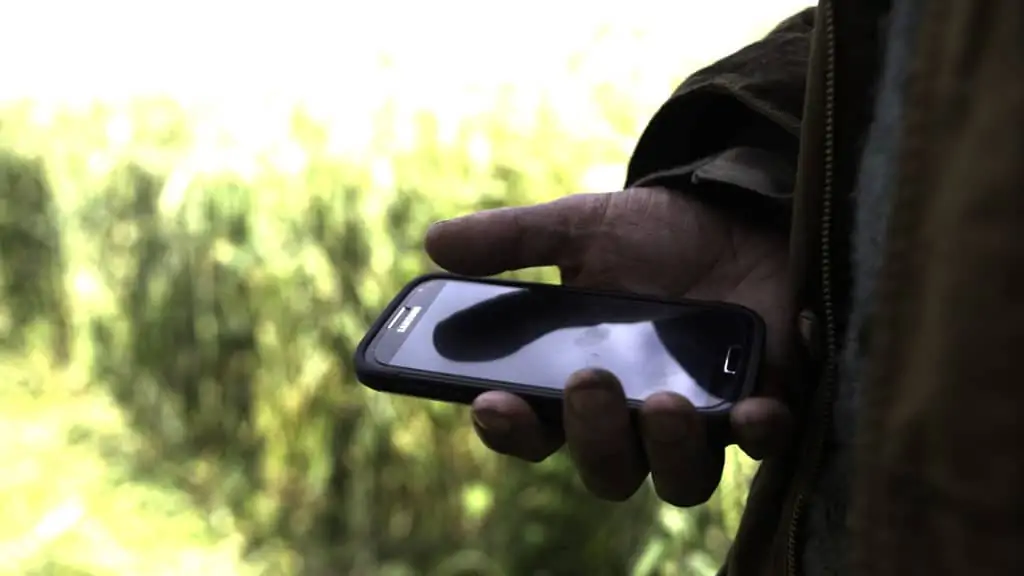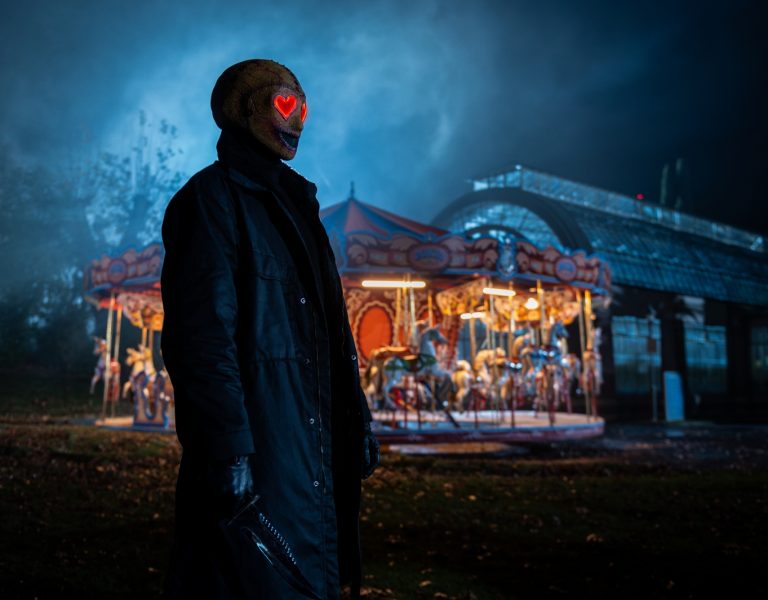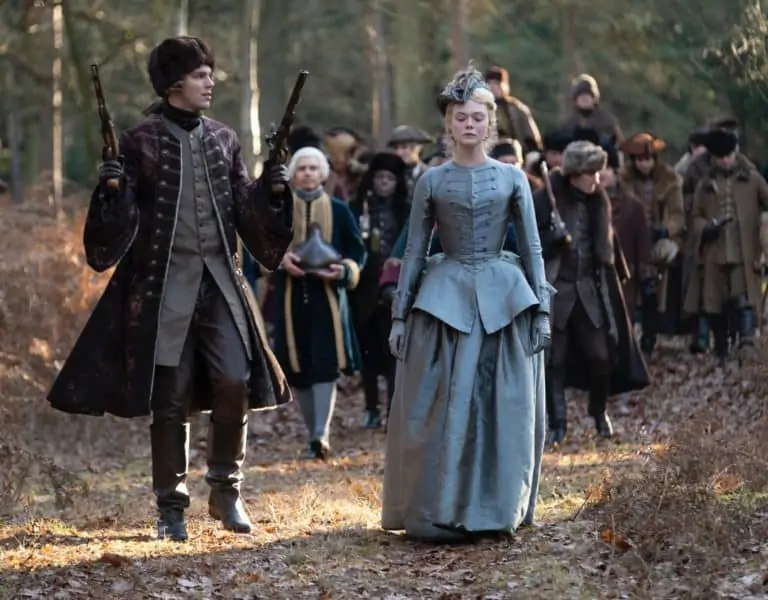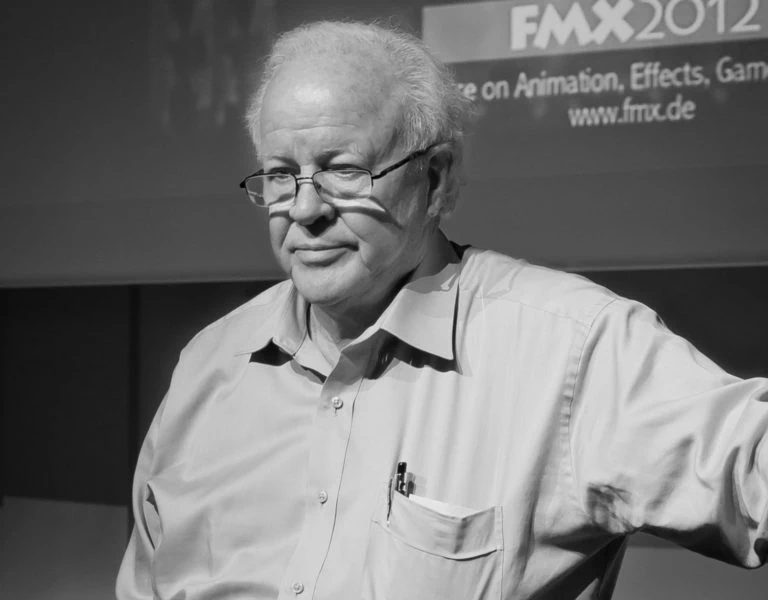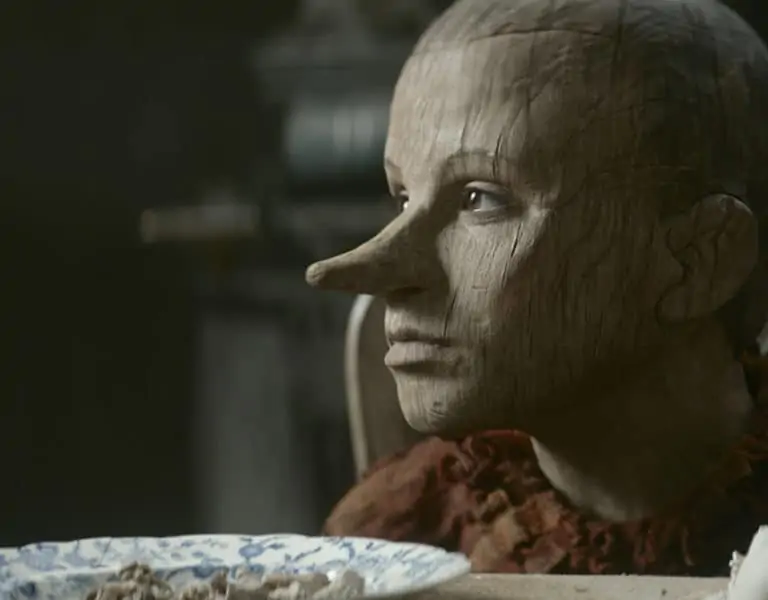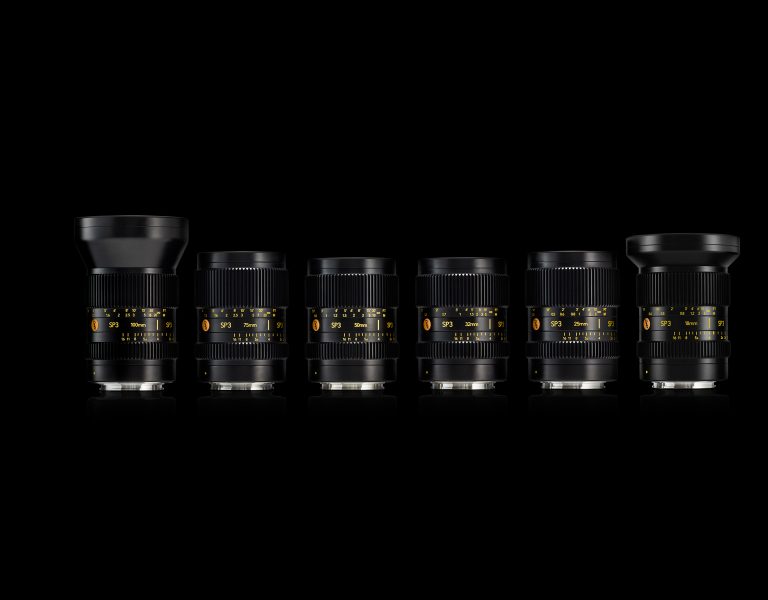The seamlessly mysterious VFX of The Third Day
Nov 11, 2020
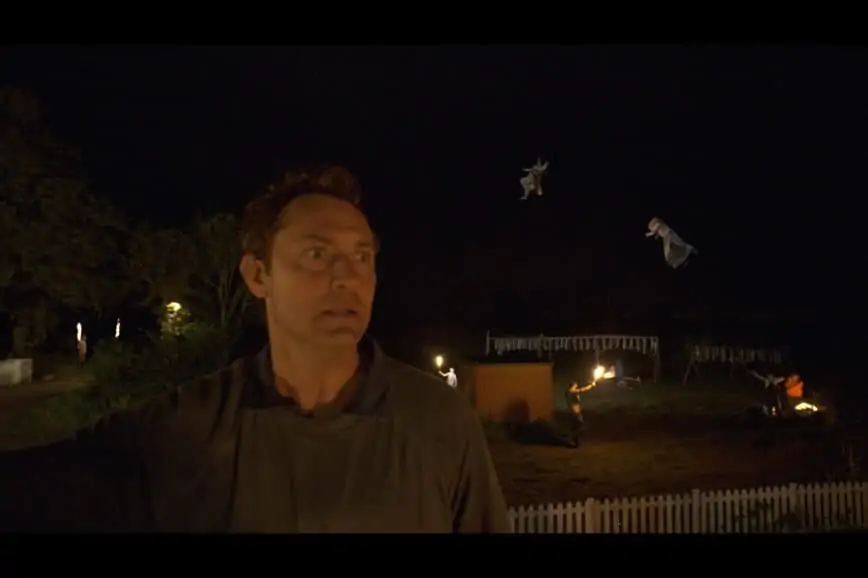
Psychological thriller The Third Day is a six-part visceral drama and a theatrical event, set on the mysterious British island, Osea, a captivating and distortive world where all is not as it seems.
The first three episodes, Summer, written by Dennis Kelly and directed by Marc Munden, see Sam (Jude Law), drawn to a mysterious island off the British coast. Isolated from the mainland, Sam is unable to leave the idyllic and dangerously enchanting world he has discovered.
Winter, the last three episodes, written by Kit de Waal, Dean O’Loughlin and Dennis Kelly, see Helen (Naomie Harris) as a headstrong outsider who finds herself inextricably drawn to the island in her pursuit to seek answers.
With over two decades of experience, VFX supervisor Ivor Middleton led the VFX on this project, working very closely with both directors, creatively developing ideas throughout. As The Third Day is very much a drama piece, the VFX were often invisible, but integral to the dramatisation.
Middleton comments on the complications with such a brief: “In a distortive world we had to create photo-real effects that in reality were impossible, they had to look subtle to fit in with the tone and look of the series. Many of the shots were quite complex and, in tying in with the symbolism and mythology of the narrative, they had to be created to appear at exactly the right moment to enhance and intensify the dangerously enchanting world, pulling this off was essential to the viewers understanding. The VFX had to be subtle and not overpower.
“One of the fascinating things about the show is that it is set on Osea island, which is a real island with a causeway that is only open twice a day, in the Blackwater Estuary, and a good part of the show was shot there. As you can imagine this was quite a logistical problem to solve for the production. We were cut off by the tide just as the protagonists are in the script.”
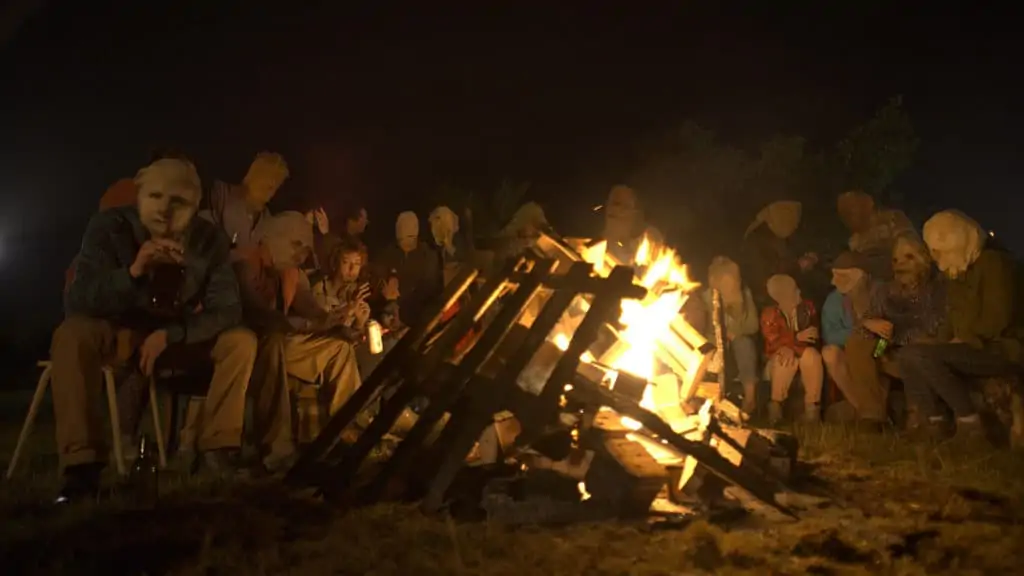
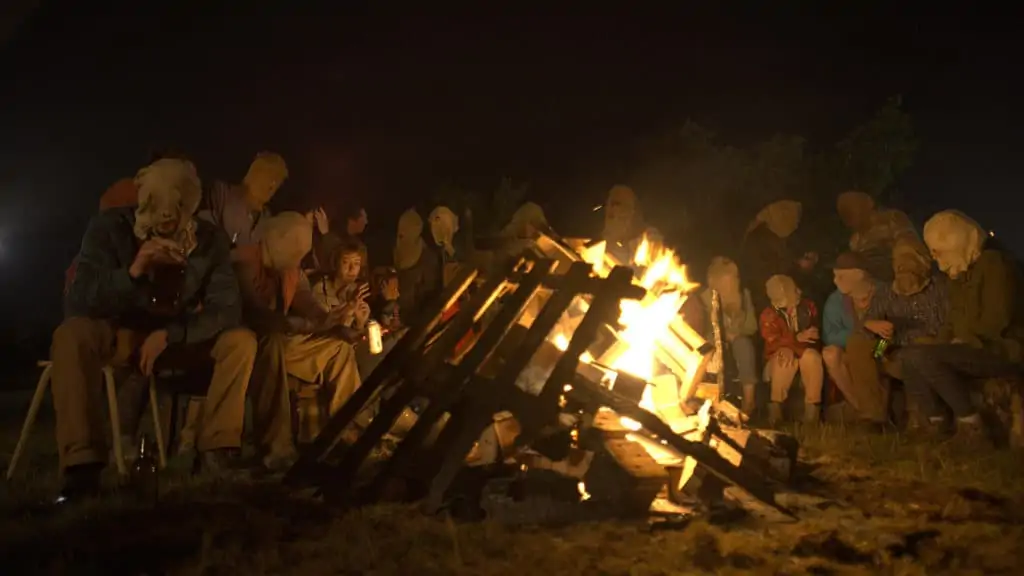
Middleton, along with VFX producer, Rob Delicata, carefully selected five vendors to work with on the project this, who they knew would be capable of producing the required level of intricate work.
The facilities involved were Ivor’s company IMG VFX, with Sally Goldberg as VFX supervisor, Freefolk, with Steve Murgatroyd as VFX supervisor, MPC with Oliver Winwood as VFX supervisor and Lenscare with Sascha Fromeyer supervising, as well as Union.
There was a broad range of shot types involved for all vendors, including environmental work, sky replacements and changing coastlines. The island had to look more remote than it is in reality, so VFX modified the horizons. For the Causeway itself the filming window was narrow due to the tide, so a great deal of work went into matching water levels and getting them to look right for the narrative.
As the Causeway plays a key role in the story, the aerial shots were stylised and, apart from the elements of Sam in the car, were created entirely in CG. As the only way on or off the island, these shots show how it is connected to the mainland by a serpentine umbilical like slither of land.
There was a good deal of creature and animation work that involved shots with thousands of crabs, crickets, a plate of meat which comes alive, and many more. The animation tied in with the mythology of the narrative and shots of crickets were a recurring motif throughout the Summer series and also appear as various props and artwork.
Summer concludes with one of the biggest shots undertaken where a swarm of locusts rise above the island. Challenges including creating an acid sequence that spanned episodes two and three.
Middleton explains the complexities involved, “IMG handled quite a few shots in this sequence, the meat coming alive in the ritual room and the stone sweating at the chapel and we also picked up and finished quite a few shots which other vendors had started, but were unable to finish due to the Covid crisis.
“The sequence also involved people sitting around a fire wearing strange masks. The intention here was to make it ambiguous as to whether the people were wearing masks or not, so looked like faces, but with something very odd about them. One of my favourite shots is the moment Sam is led away by Mrs Martin and seemingly floats up above the street. Again, this was a shared shot that we completed. While the shot was filmed in camera, we added people from an element shoot floating up in the sky, defying gravity, and dancing on the roof of the Seabird Hotel. At the cast and crew screening some mentioned that they didn’t remember shooting people on wires that night- so I guess we got that comp right.
“The director (Marc Munden) didn’t want to be too prescriptive with the VFX, he was looking for all involved to bring their creativity to the sequence. It was a collaborative process of concepting and developing ideas throughout.”
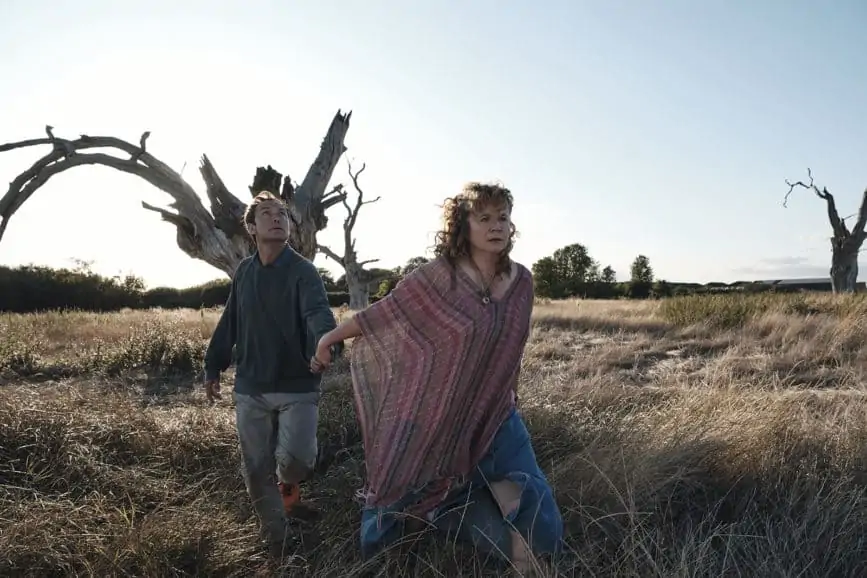
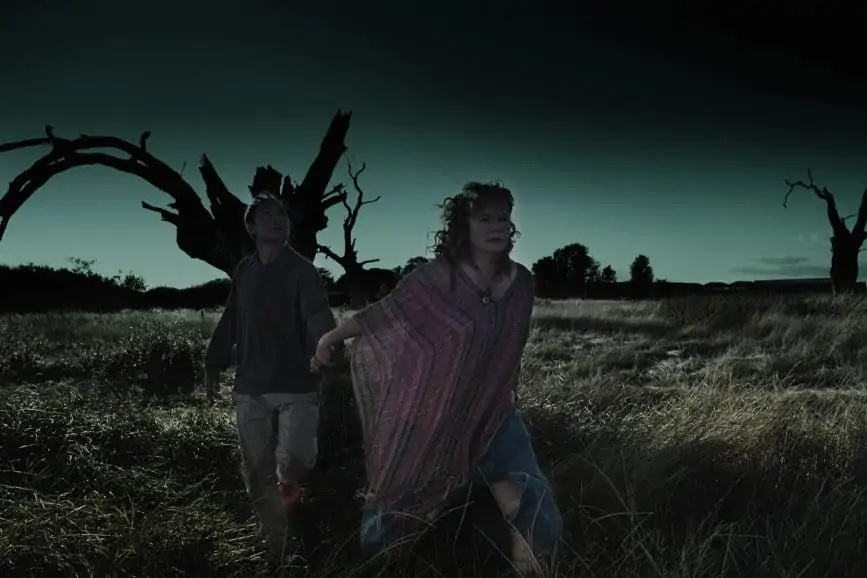
The show’s producer, Adrian Sturges comments on Middleton’s part in the series, “Ivor and IMG took on a large number of shots for the show, some of which ended up needing a very inventive and creative approach and I was impressed by his team’s dedication to getting the results the directors were looking for. The Third Day is a really ambitious project that was looking to break new ground – in VFX as well as in every other department – and Ivor had a really important role to play in realising that ambition.
“Middleton joined the project during prep stage, supervised the shoot that took place mainly on Osea but with a set interior of the Oyster Pub at 3 Mills Studios in London. When the final shots were delivered 14 months later in August 2020 the world was a very different place, the majority of the post-production took place during the height of lockdown.”
Rob Delicata explains how this worked, “From a technical perspective we had to switch to remote working with all our vendors over night, but it was surprisingly smooth. We used a combination of Zoom and Google Meet for daily communication and Evercast and Clearview for client review and shot approval. For a company like IMG this was perfect as they bring together experienced artists who mostly work remotely anyway so they had everything in place when the entire production and vendors had to switch to remote working.
“We definitely missed the face-to-face client sessions and being able to view the dailies in a screening room but everyone was able to adapt to the new working practice that’s now in place for whatever the future holds for us all.”
